80 Facts About South Korea
2018 / 04 / 06 1234180 Interesting Facts About South Korea
1 Korea Means "High and Clear"
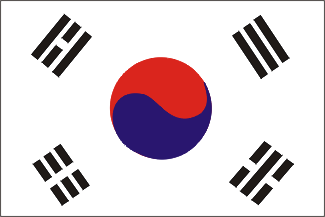
The name “Korea” comes from Goryeo, which was the name given to the dynasty established by General Wang Geon in AD 918. Goryeo means “high and clear.” Some poetic interpretations of the name Korea are “Land of High Mountains and Sparkling Streams” and “Land of the Morning Calm.”[6]
2 Most restaurants in South Korea have home delivery
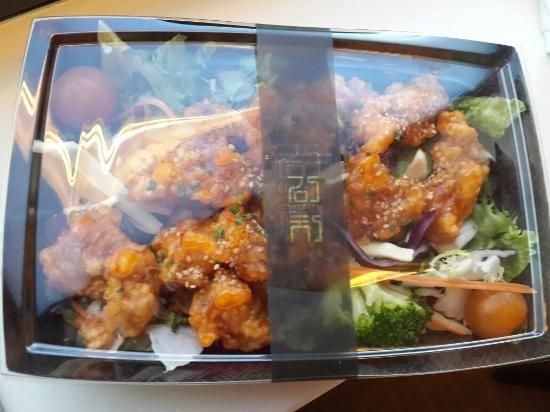
Most restaurants, including McDonald’s, will deliver food straight to homes in South Korea.
3 South Koreans are obsessed with poop
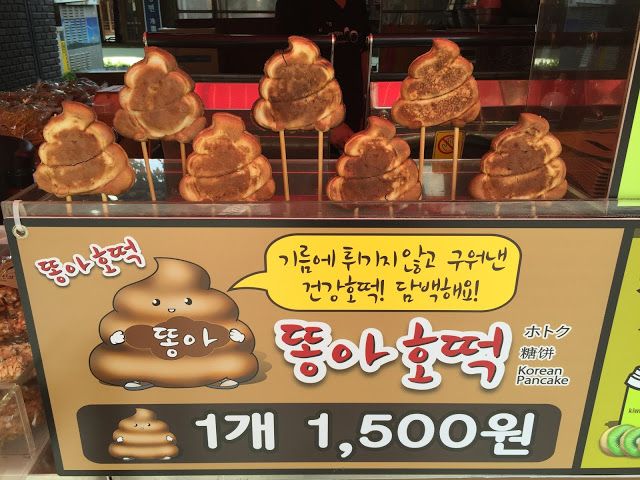
South Koreans are obsessed with feces, and everything from turd-shaped cookies, phone charms, and an entire museum devoted to poop can be found in the country. Toilets across the country also feature pleasant flushing sounds, background music, and colored water.[19]
4 Babies are automatically 1 year old
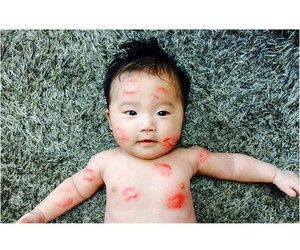
In Korea, babies are considered one year old at birth.[25]
5 There are almost no fat Koreans

Only 3.2% of South Koreans are overweight, which ties the country of Japan for the lowest percentage in the world.
6 South Korean men wear makeup regularly
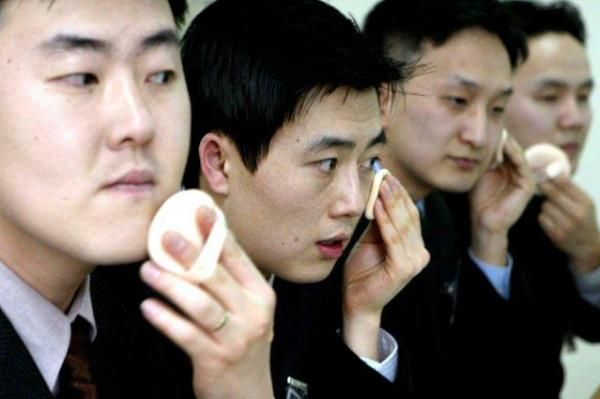
South Korean men love makeup, spending close to US$900 million a year, or a quarter of the world’s men’s cosmetics. Up to 20% of the male Korean population is reported to use makeup regularly.[3]
7 There's a park in Korea full of penis statues
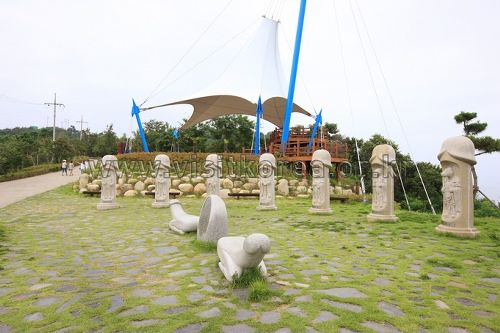
South Korea is home to Haesindang Park, which is full of penis statues, and also to a penis-themed restaurant at Deulmusae, which is hard to miss because of the statues of jaji (penises) lining the path to the restaurant.[17]
8 Drinking alcohol in public is allowed in Korea
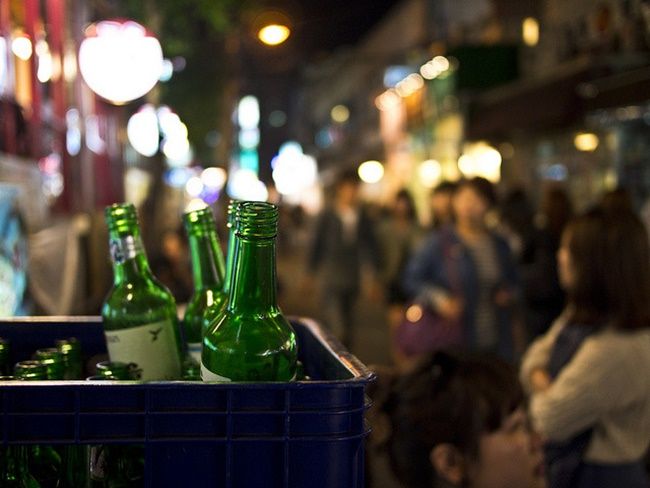
In South Korea, it is perfectly legal to drink alcohol in public. People can carry open containers of their favorite alcoholic beverage and even take a drink or two.[20]
9 Writing a person's name in red ink means they're dead or dying

When a Korean’s name is written in red ink, this indicates that that person is about to die or is already dead.[6]
10 Criminals are forced to reenact their crimes in public
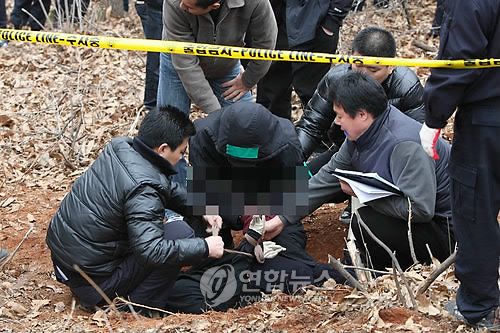
South Korea is famous for its practice of “crime re-creation.” Citizens suspected of crimes such as rape or murder are led by the police in handcuffs to the scene of the crime and ordered to publically reenact the crime. To make the reenactment even more humiliating, the media is also invited to take pictures and publish details about the crime.[9]
11 Koreans believe sleeping under a fan can kill you
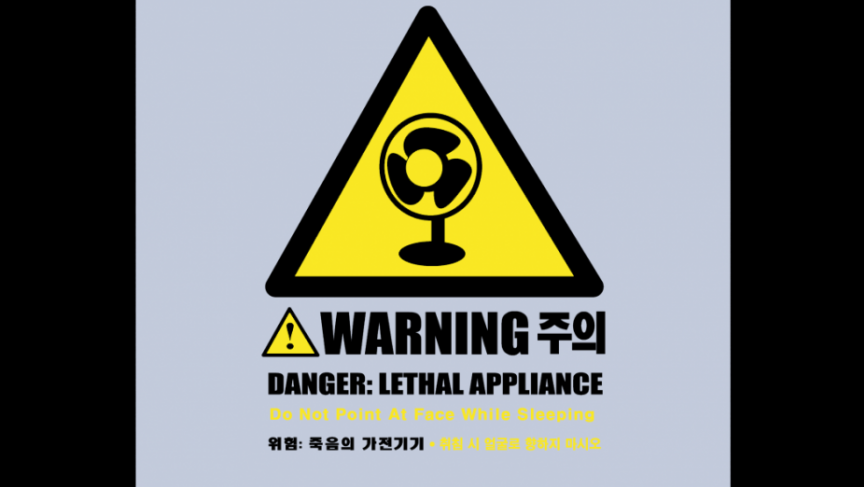
South Koreans believe that leaving an electric fan on overnight will kill the person sleeping directly below it.[20]
12 Samsung makes the microchips for Iphones

The microchips for Apple’s iPhones are made by the South Korean company Samsung.[13]
13 There are statues in Jeju Island that newlyweds touch for fertility
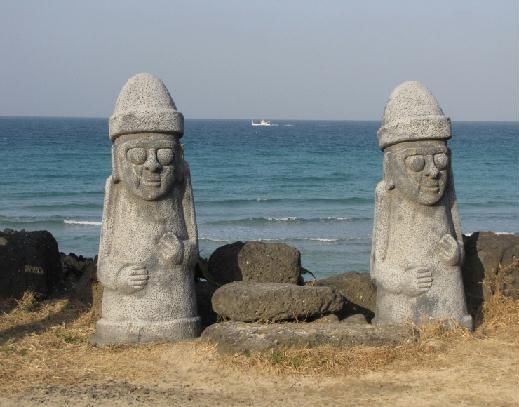
On Jeju, South Korea’s largest island, giant stone statues known as dol hareubang (old grandfather) can be found along the beaches. Newlywed women believe that if they touch the statues’ long, broad, phallic-looking noses, they will be blessed with fertility.[17]
14 The number 4 is considered unlucky in Korea
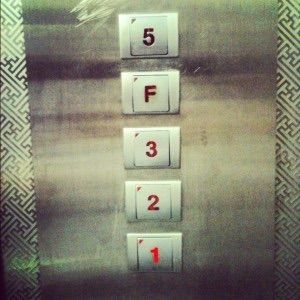
South Koreans consider the number 4 as unlucky, and it is associated with death. This belief seems to have come from China.[16]
15 Gangnam Style by Psy was watched 2 billion times
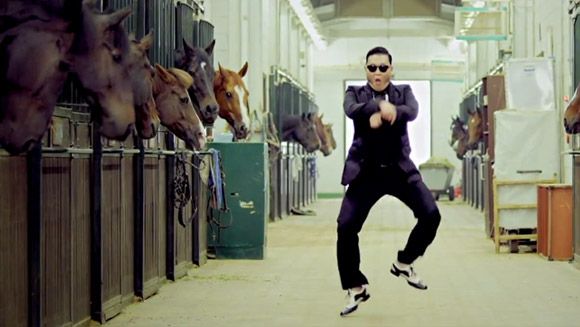
More than 2 billion people have viewed the “Gangnam Style” music video of Korean K-pop artist Psy since 2011. It topped the charts in 30 countries around the world. World leaders including U.S. President Barack Obama and British Prime Minister David Cameron have mimicked the dance. The song refers to the Gangnam District of Seoul.[16]
16 30% of women in South Korea have had plastic surgery
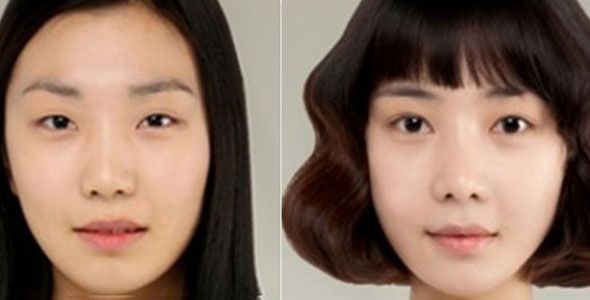
South Korea is the largest market for plastic surgery per capita in the world. It is estimated between 1/5 and 1/3 of the women in Seoul have gone under the knife for at least one cosmetic procedure.[21]
17 Young Koreans have group blind dates
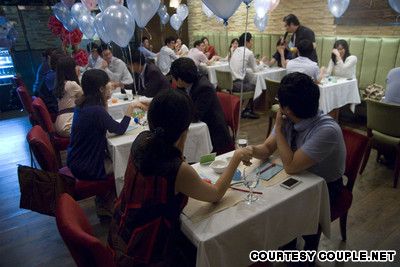
Group blind dating in South Korea is called “Meeting” or “So-getting” and is a very popular way for young university students to meet over dinner and drinks.[15]
18 People in Seoul get less than 6 hours of sleep

Along with Tokyo residents, Seoulites get the least amount of sleep of any residents of major cities in the world, just fewer than 6 hours a night.[3]
19 South Koreans are into public displays of affection
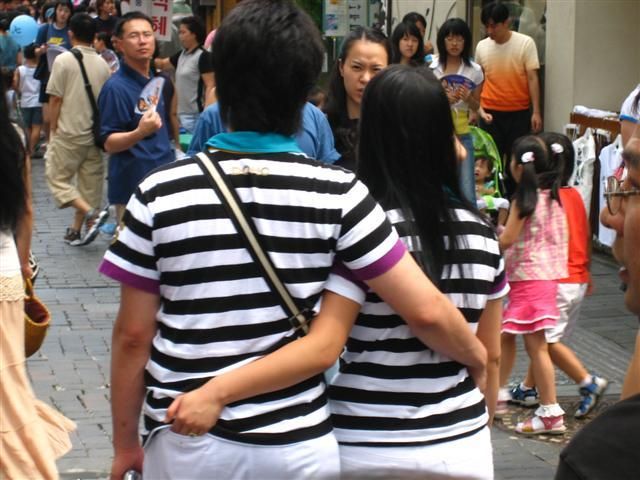
South Koreans enjoy showing off their relationship statuses publically. It is common to see couples holding hands, kissing, and even wearing matching outfits.[25]
20 South Korea has the fastest internet
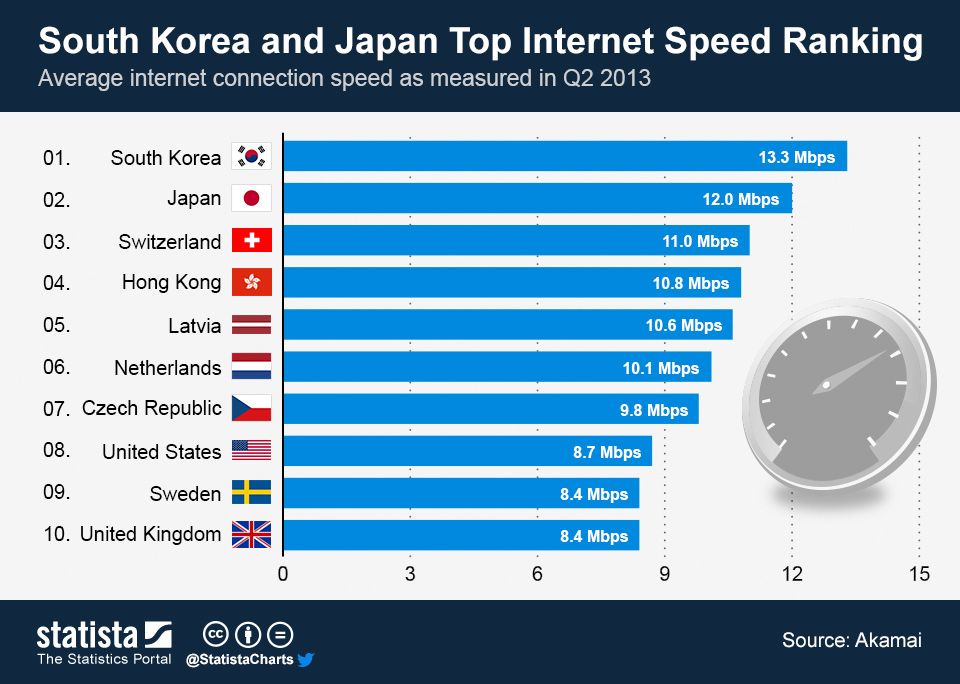
South Korea has the world’s
fastest wireless speeds on the planet, with an average download speed
33.5 megabits per second, nearly three times the average speed of
second-place Hong Kong. The country also has an average upload speed of
17 megabits per second. One hundred percent of South Koreans have
broadband access. Click here to rent pocket wifi for South Korea.
21 South Koreans are crazy about Honey Butter Chips

South Koreans love Honey Butter Chips, which are potato chips flavored with honey and butter from France. Because shops run out of them so fast, raffles are held for a chance to buy a bag, and the chips can sell for up to US$100 a bag on eBay. McDonald’s even sold honey butter-flavored French fries in South Korea for a while.[24]
22 South Koreans prison guards are robots
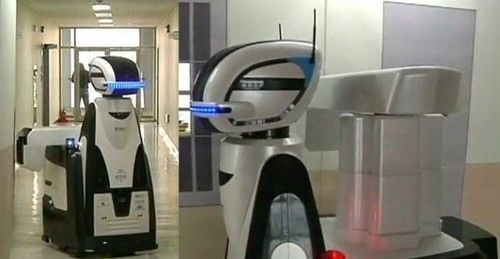
In 2012, a prison in the South Korean city of Pohang became home to the world’s first robotic prison guards. The country also uses robots to guard the Demilitarized Zone (DMZ) between North and South Korea and as teachers.[10]
23 South Korean shop until 4am
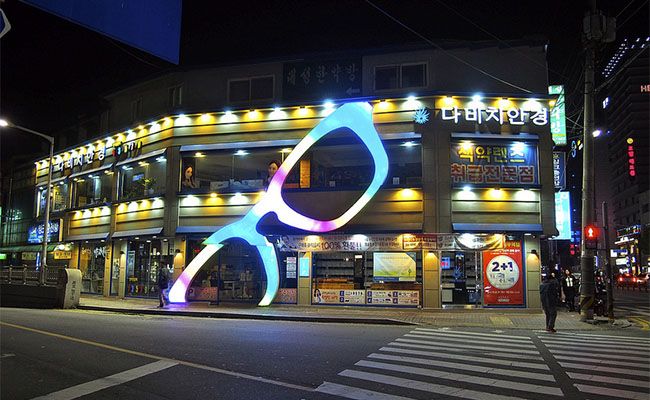
South Koreans love shopping, and the country has some of the biggest shopping malls in the world. The stores are open until 4:00 in the morning, while most restaurants, bars, and cafes are open only until 11:00 p.m.[6]
24 Yoido Church in Korea has a 200,000 strong congregation
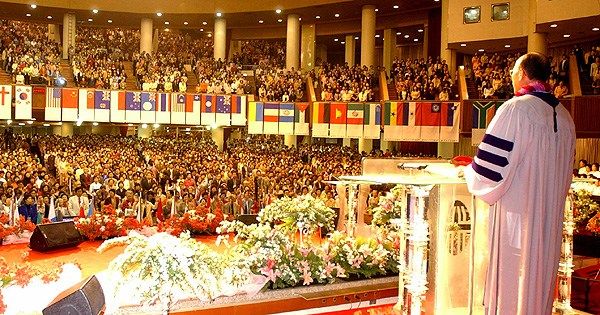
South Korea’s Yoido Full Gospel Church has the biggest congregation in the world. As of February 13, 2014, the Seoul-based Pentecostal Christian church had close to 1 million members. On any given Sunday, 200,000 faithful will attend 1 of 7 services and an additional 200,000 to 300,000 will watch on TV and in satellite churches.[5]
25 There's a baseball team in Korea named after Samsung

Baseball in South Korea is called yagu, and teams are named after corporations like Samsung and KIA. The Korean Baseball Organization was established in 1981 as a way for people to let off steam by Dictator General Chun Doo Hwan, who tried to improve his image by throwing out the first pitch at every game.[4]
26 South Koreans are classified at birth by blood type
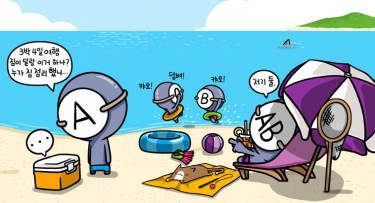
South Koreans are automatically classified at birth according to their blood type, which is a custom that originated in Japan but has become very important in South Korean culture and may even determine who gets to marry whom.[6]
27 South Koreans put sweet potato in almost everything
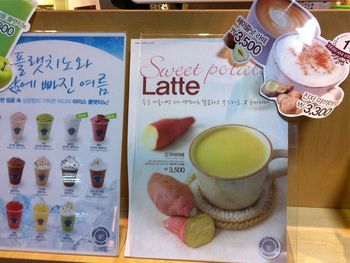
South Koreans love sweet potatoes so much that there is every possible dish flavored with sweet potato, including main courses, desserts, chips, latte, bread, salads, and sweet potato-topped pizza.[20]
28 Taxi service is color coded according to quality
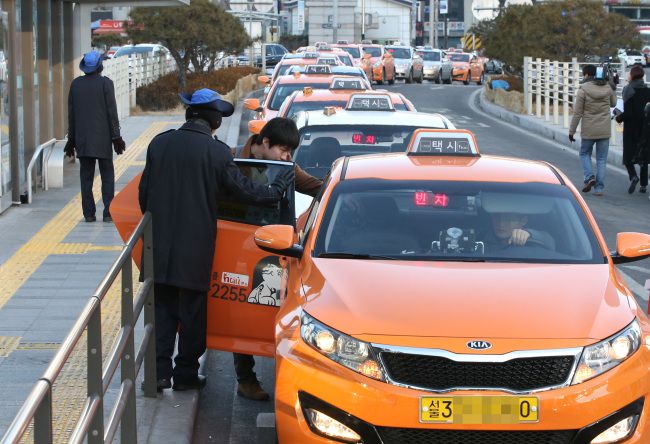
Taxis in South Korea are color coded according to the level of service offered. A gray or white taxi is a basic car with a qualified but potentially inexperienced driver, while the black cabs are luxury cars with experienced drivers.[25]
29 All South Korean homes have curved roofs
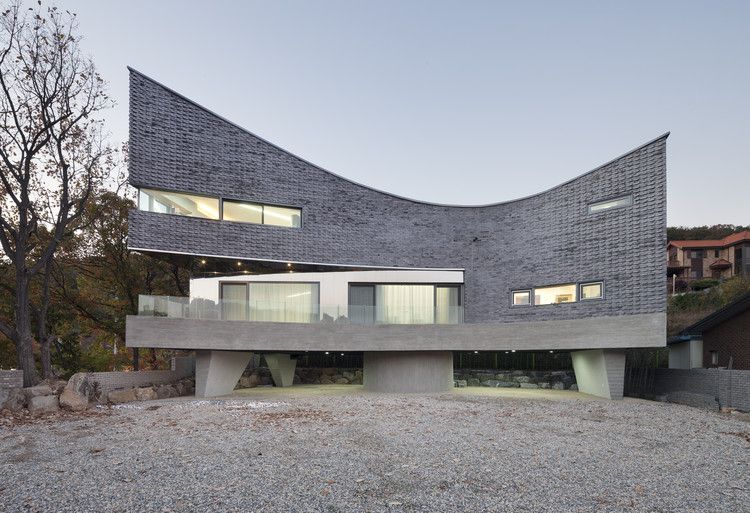
All South Korean roofs are curved at the ends giving the appearance of a smile.[11]
30 Eyelid surgery given
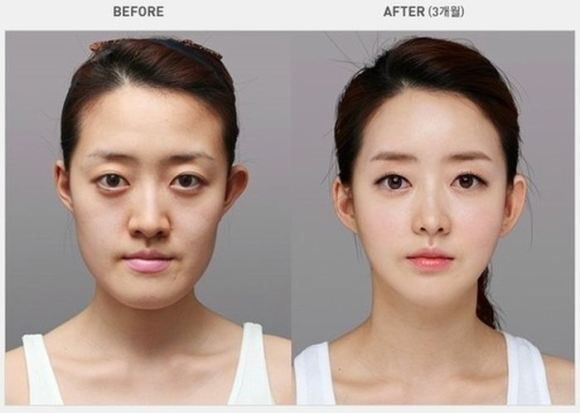
Eyelid surgery is one of the most common plastic surgery procedures performed in South Korea. Most wealthy young South Koreans receive double-eyelid surgery for their 16th birthday as a gift to make their eyes appear more Western.[5]
31 Kimchi is South Korea's national dish

South Korea’s national dish is kimchi, which is a combination of vegetables and spices that have been fermented underground for months. It is served with almost everything. The first written description of making kimchi dates to about AD 1250 and there are about 170 varieties of the dish.[16]
32 Dog meat is served in Korean restaurants

Dog is a dish that is actually served in Korean restaurants and in street markets. Dog meat has been eaten in South Korea for centuries, but has become quite controversial among other Asian nations. Bosintang is a traditional Korean soup made with dog meat, which means “invigorating soup.” A special breed of dog, the nureongi, is bred for its meat. Pet dogs are usually not eaten.[6]
33 The world's largest department store is in Busan
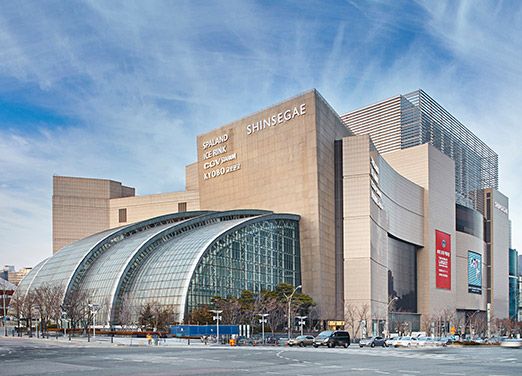
The Shinsegae Department Store in Centum City, Busan, South Korea, is the world’s largest department store as of 2009.[18]
34 Playing Starcraft is a legit career in South Korea
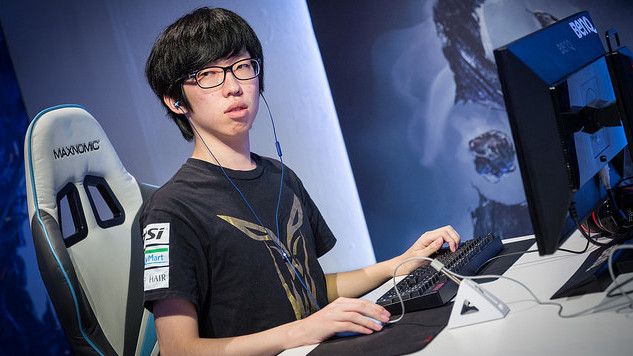
Playing the online video game StarCraft is a legitimate career in South Korea. Since the game launched in 1988, nearly half of all the games have been sold in South Korea. It is one of the best-selling games for the personal computer in history. There are also cable channels devoted solely to the game.[3]
35 Playing online games is against the law for kids below 16 years old
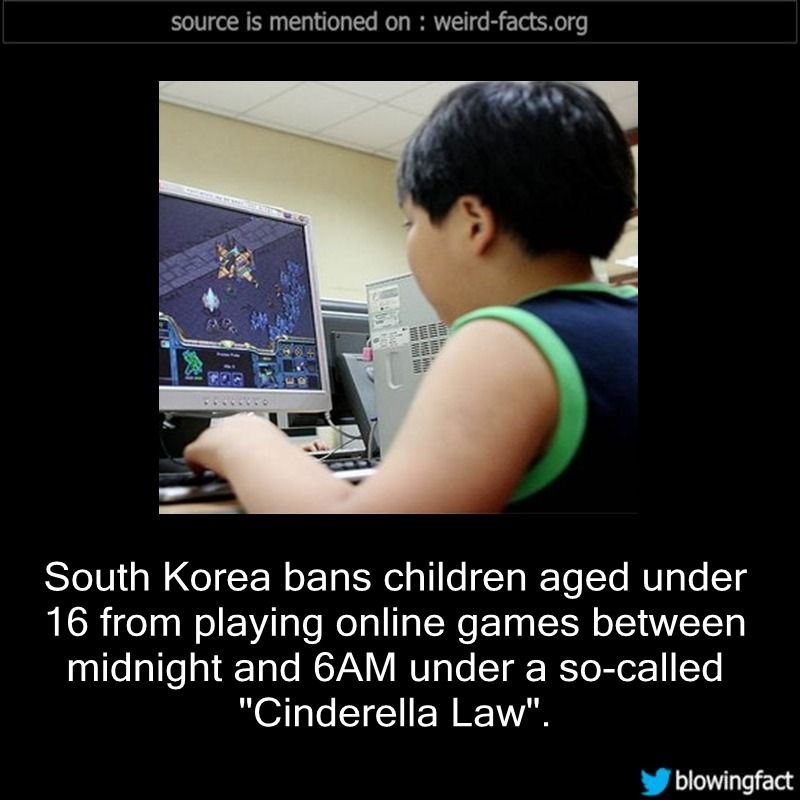
The South Korean National Information Agency estimates that 14% of the people between the ages of 9 and 12 have an Internet addiction. In 2011, South Korea passed a law called the Shutdown, or Cinderella, Law that bans anyone younger than 16 from online game sites, which is largely ignored by the youth.[3]
36 South Koreans like to get touchy with members of the same sex
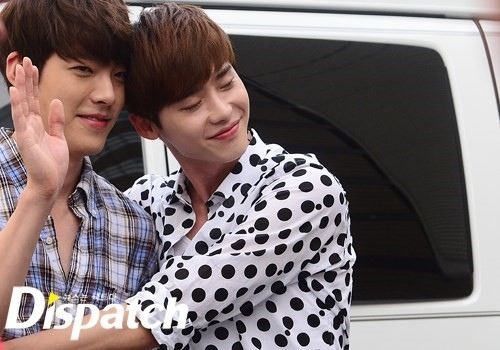
Same-sex touching is common among men and women and their friends in South Korea. South Korean boys and men practice a thing called no homo (skinship) where they cultivate a bond by touching each other, usually with platonic gestures such as handshakes. Getting touchy-feely can also extend to teachers and students as long as they are the same sex.[25]
37 They have love motels for couples to hook up for just one night
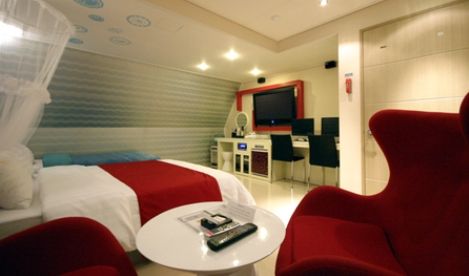
Love motels are very popular in South Korea. They feature tiny, themed rooms with outrageous decorations where a couple can hook up for an overnight. They can be found in almost any part of big cities and are so trendy and clean that tourists on a budget and business people on short stays can check in for a night. Love hotels also rent by the hour.[15]
38 South Koreans use heated floors instead of air heaters

Instead of air heaters, Koreans have heated floors. Called ondol (warm stone), the heat is passed in pipes under the floor. This heating system goes back to the Koguryo (or Goguryeo) Dynasty (37–668 BC). In South Korea, more than 90% of the houses have ondol, and people eat, sleep, and watch TV on the warm floor.[25]
39 South Koreans are required by law to do their online shopping using Internet Explorer

South Korea passed a law in 1999 that requires all online shopping and banking to be done using Internet Explorer. It is still in place.[12]
40 Not being married is a big deal in South Korea

Few South Koreans choose not to marry, and an unmarried person is called a “Big Baby” in Korean slang. There are two kinds of marriage in South Korea: yonae (love marriage) and chungmae (arranged marriage).[7]
41 Most of the world's seaweed comes from there
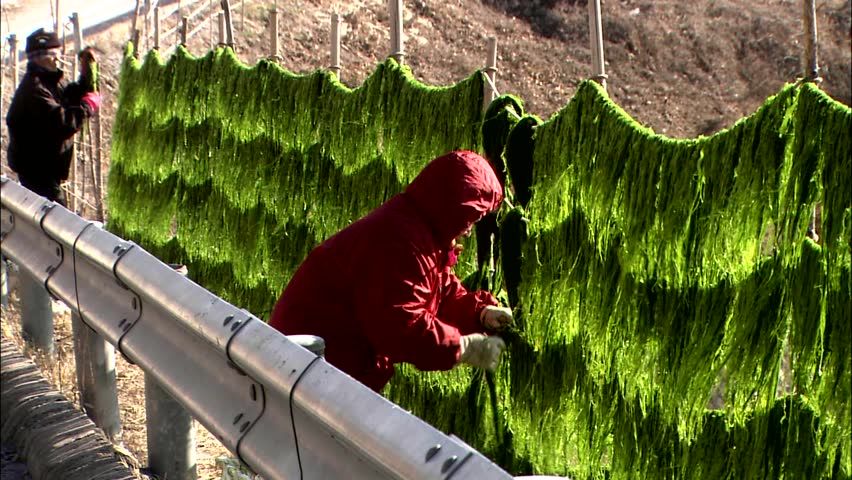
South Korea harvests more than 90% of the world’s seaweed consumption.[23]
42 They are the biggest users of credit cards

South Koreans are the world’s biggest users of credit cards since 2011, making 129.7 transactions per person that year, compared with 77.9 transactions per American.[3]
43 Hallyu is the name for the rise or Korean Pop Culture
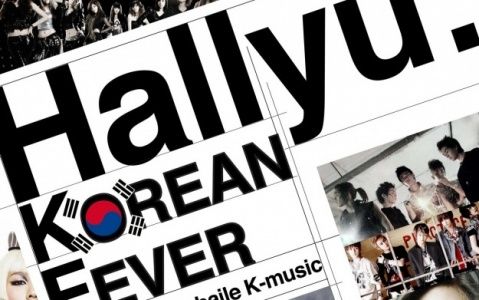
Hallyu (Korean Wave) is the word for the South Korean wave of popular culture. President Obama even referred to it during a March 2012 visit to South Korea.[13]
44 South Korea is one of the most homogenous societies in the world
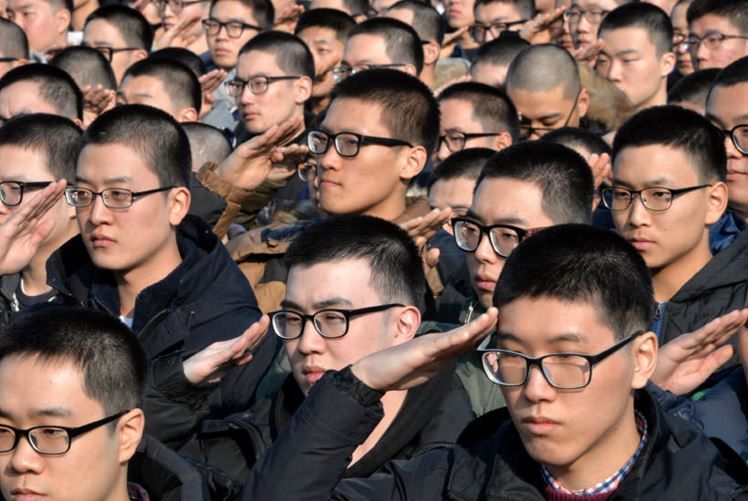
The South Korean people are one of the most uniform populations in the world. They are related to the Mongoloid racial groups, including the Chinese, which in total make up around 70% of the world’s population. They share much in common with the Chinese, Mongolians, and Japanese, whom they still do not like after the Japanese invasion during World War II.[2]
45 American troops introduced Bowling to South Korea
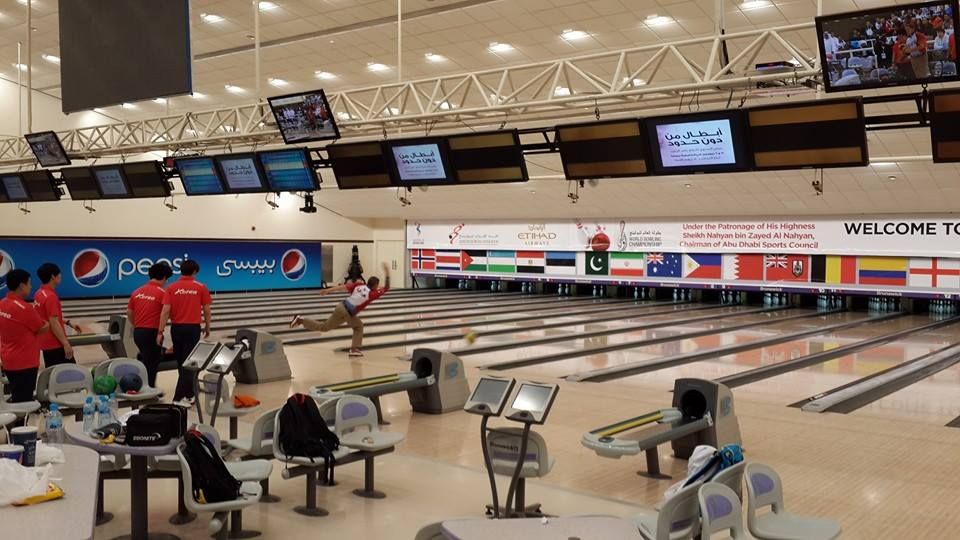
Ten-pin bowling was introduced to South Koreans by American GIs during the Korean War, and it is still a popular sport in South Korea today.[22]
46 South Korea's national flower is a type of hibiscus
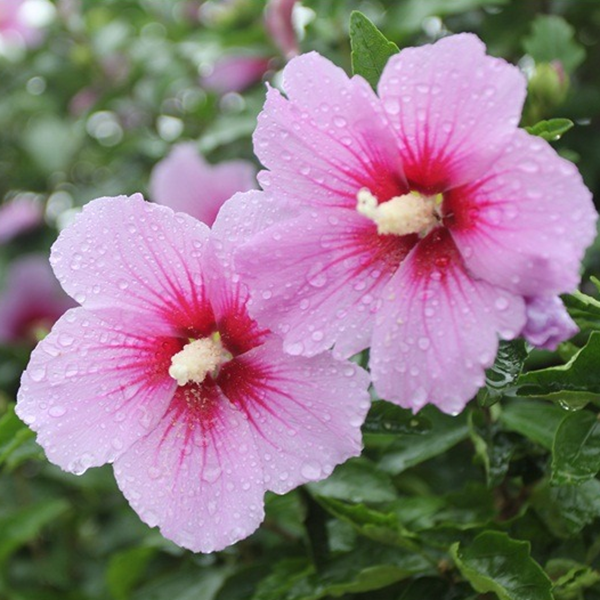
The Mugunghwa (Rose of Sharon) is South Korea’s national flower. It is a type of hibiscus and is represented in the national anthem. It is a symbol to the Koreans of the glories and adversities of their past.[22]
47 Cranes are a symbol of good fortune in South Korea

The crane is a symbol of good fortune in South Korea. Red-crowned cranes can stand about 5 feet (1.5 m) high.[22]
48 There are two different stories about how Korea was founded
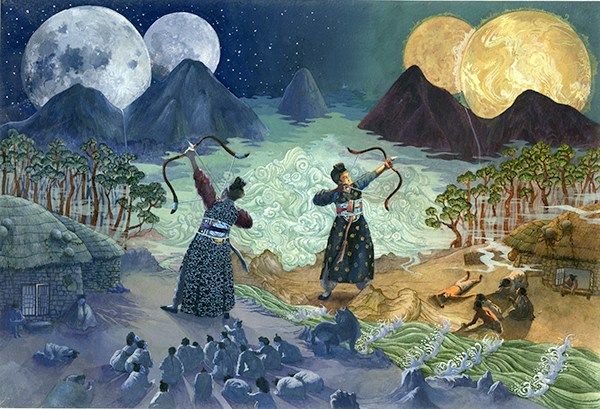
Koreans have two legends about their country’s founding. The first tells of a god-like figure called Dangun, or Tangun, who established an ancient state in North Korea around 2333 BC. The other, supported by Chinese texts, states that a Manchu tribal chief named Kija led a band of his followers to Joseon after the fall of the Chinese Shang Dynasty around 1100 BC.[7]
49 North and South Korea are still technically at war with each other
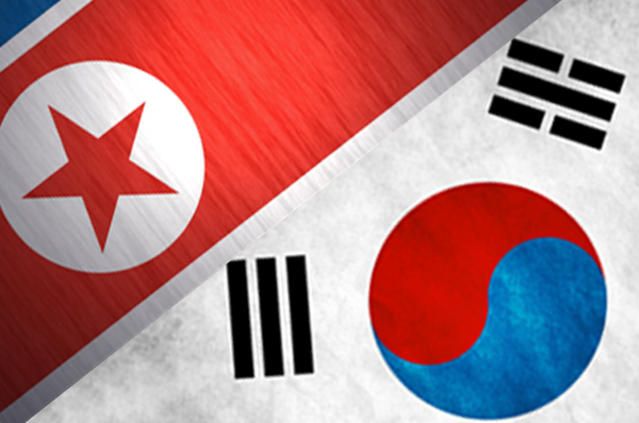
The Korean War was the first major military conflict between the United States and the Soviet Union, but it has never officially ended. After the 3-year-long conflict during the 1950s, North and South Korea signed a ceasefire, which has since been upheld―technically, it could end at any time.[6]
50 In Jeju island, women work while the husbands stay at home
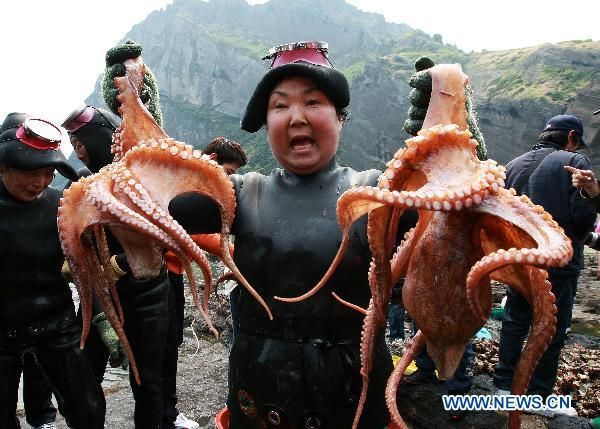
On the South Korean island of Jeju, women traditionally go out to work while their husbands stay home. These women are called haenyeo (“sea women”), and they dive for sea urchins, abalone, and octopus, continuing a tradition that goes back 1,500 years and is passed down from mother to daughter.[7]
51 They have rituals to welcome a newborn baby
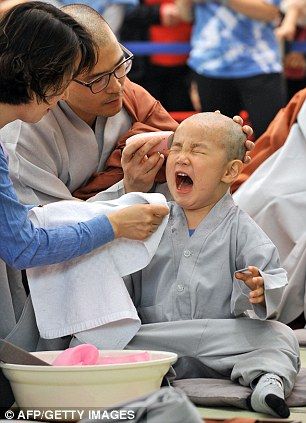
For three weeks after a baby’s birth in South Korea, a straw rope of chili peppers or pine needles known as kumjul is hung across the door of the house to frighten away evil spirits and warn people not to enter. Seaweed soup and rice are also offered to Samsin Halmeoni, the Korean grandmother spirit, every morning and evening for a week. These foods are also given to the new mother to speed her recovery.[7]
52 If you live to 60, people throw you a party
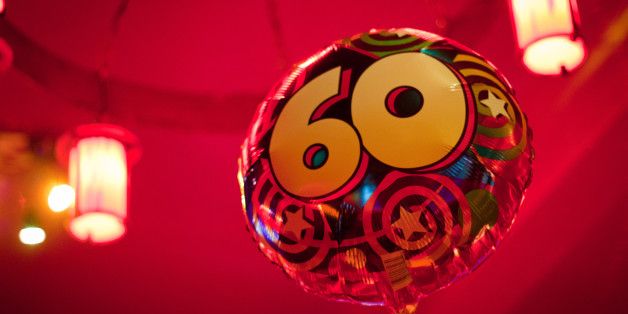
South Koreans who live to be 60 years old are often thrown a lavish party called hwangap. It was started in the past when very few people lived to that age. It is also a significant birthday because the traditional Korean calendar is based on a 60-year cycle.[7]
53 South Koreans are nicknamed "People who wear white"
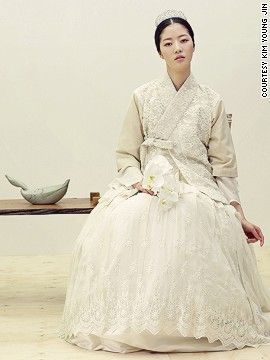
One of the nicknames for the South Korean people is “People Who Wear White, which came from the graceful, white hanboks that commoners wore during the early kingdoms. The hanbok is still worn today, mainly ceremonially, and is honored as a cultural treasure.[16]
54 The world's first astronomical lab is located in Gyeongju
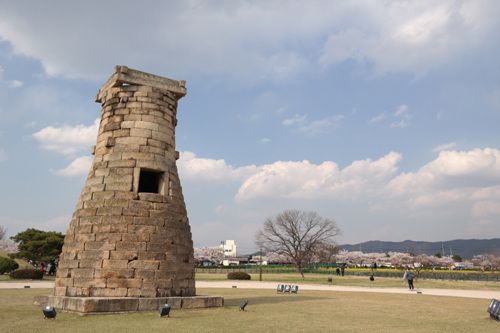
South Korea is home to Cheomseongdae Observatory, the world’s first astronomical laboratory, built during the mid-600s at Gyeongju.[16]
55 There are over 2 million South Koreans in the US
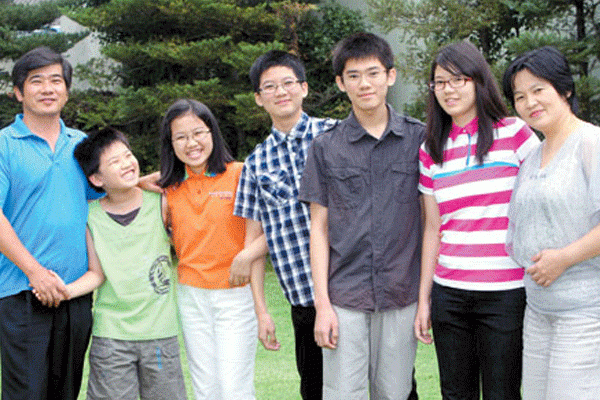
About 2.1 million South Koreans live in U.S. cities such as New York, Chicago, and Seattle. The first began immigrating in 1903 and they lived on the Hawaiian Islands working on sugar and pineapple plantations.[16]
56 Taekwondo is the country's favourite sport
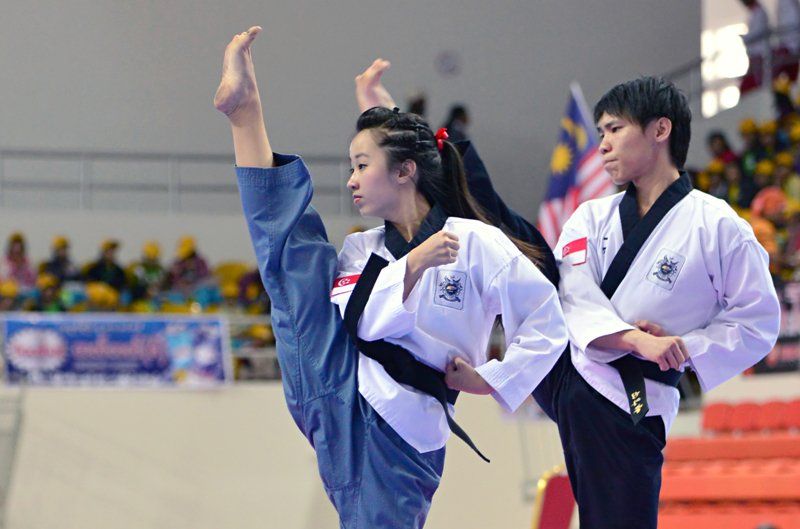
South Korean martial art taekwondo is the country’s most famous sport. It literally means “the way of the fist and foot.” It most likely started around 2,000 years ago when a Korean warrior developed a style of fighting that used bare hands and feet instead of weapons. It is practiced worldwide today and became an official Olympic sport in 2002. It is the only Olympic sport that has originated in South Korea.[16]
57 Ssireum is one of the oldest sports in South Korea
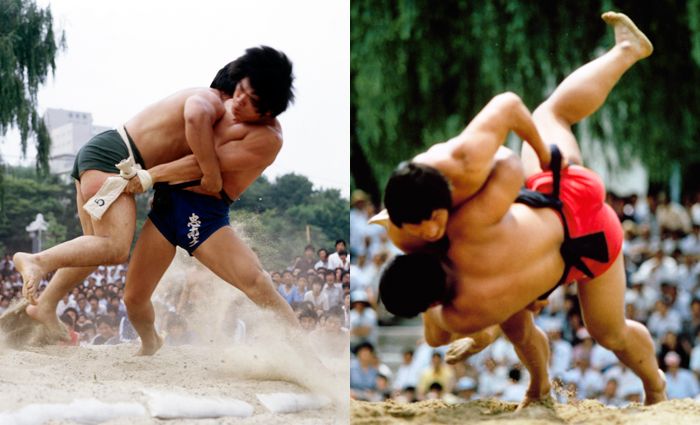
Ssireum, or Korean wrestling, can be traced back to 37 BC. It started as a competition between villagers before it became a martial art. Today, it is a televised sport with matches performed in stadiums. Two wrestlers grab each other’s sash and try to push each other out a ring of sand.[16]
58 South Koreans love their liquor
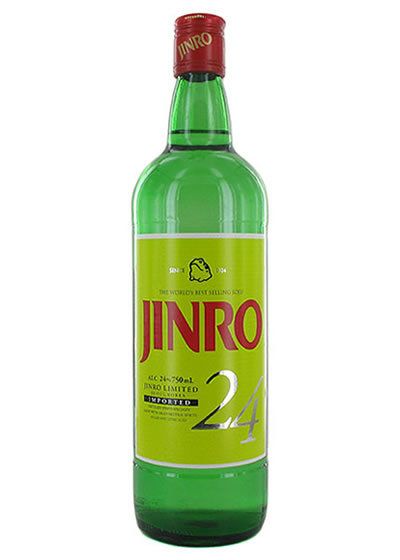
South Koreans top the list worldwide in terms of hard liquor consumption, and Jinro Soju, Korean distilled rice liquor, is the best-selling liquor in the world for the 11th year in a row. It outsold Smirnoff Vodka, which came in second by 37.48 million cases.[3]
59 South Korean women are kickass golfers

South Korean women are good at golf. Thirty-eight of the top 100 female golfers in the world, and 9 of the current top 25, are South Korean. Lydia Ko set the world record in 2013 for the youngest woman ever to win a professional tournament, at age 14. In February, she was also the youngest golfer of either gender to be ranked #1 in the world, and in September 2015, she became the youngest golfer to win at major pro golf tournament, the Evian Championship in France.[3]
60 More than 20% of South Koreans have the same surname

The most common family names in South Korea are Kim, Lee (also spelled Yi/Ree), and Park (Pak). More than 20% of South Koreans have the last name Kim.[16]
61 Korean tigers have not been spotted in the wild for a long time

No one has seen an Amur, or Korean, tiger in the wild for many years, but it is found in Korean mythology as the guardian of the people, driving away evil spirits. Scientists think that the Amur tiger and Siberian tiger, which lives in Russia, may be the same species.[16]
62 Women buy men gifts for Valentine's Day in Korea
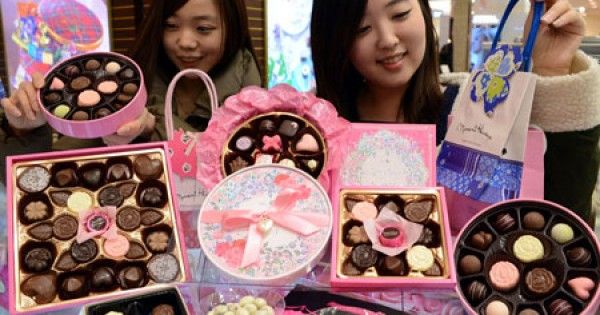
Valentine’s Day in South Korea is celebrated with a twist. It is a day where women show their love for their men by giving chocolates and gifts to their husbands or boyfriends. On March 14, Koreans celebrate White Day, where men buy gifts for their ladies―but they are supposed to spend three times the amount they received on Valentine’s Day. In fact, the 14th of every month is a romantically themed holiday in the country, including Kiss Day (June) and Hug Day (December). The saddest of all days is April 14, which is known as Black Day, and single Koreans mourn their lack of love by eating sticky, black noodles called jajangmyeon.[10]
63 Ban Ki Moon is one of the most powerful people in the world
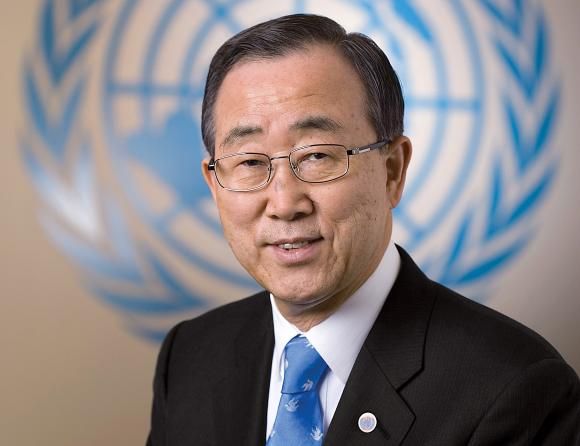
The current secretary general of the United Nations is Ban Ki-Moon. In 2013, Forbes magazine listed him 32nd on its list of most powerful people in the world.[16]
64 The tiger and the rabbit are Korean folk symbols
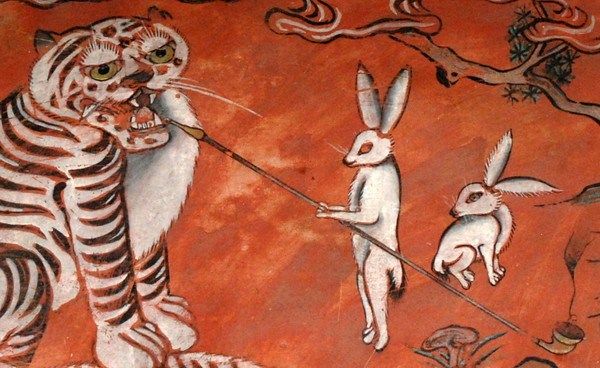
Both the tiger and rabbit are important Korean folk symbols. Some Koreans say the Korean Peninsula is shaped like a tiger and others, a rabbit. Both animals are found in Korean folktales and folk art.[6]
65 The DMZ is one of the most heavily militarized borders in the world
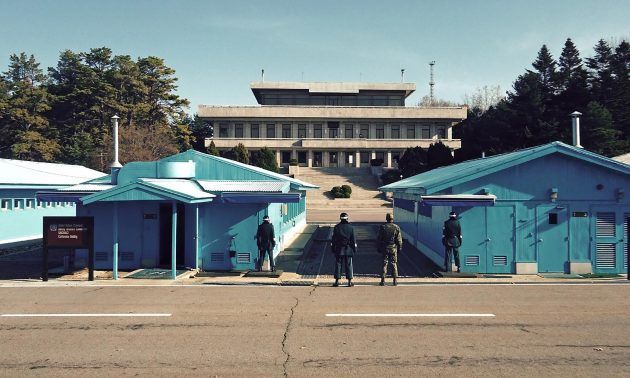
The Demilitarized Zone (DMZ) was built on top of the demolished village of Panmunjom during the Korean War. It divides North and South Korea and is one of the most heavily militarized borders in the world. It is 2.5 miles (4 km) wide and stretches 152 miles (245 km) from the East Sea to the Yellow Sea.[6]
66 Hyundai is the second largest auto maker in Asia

Hyundai KIA automotive group is South Korea’s largest automaker and the 2nd largest in Asia. In 2013, it ranked as the 5th largest automaker in the world, manufacturing some 7.5 million new cars and trucks. It is also a chaebol, a business dynasty or conglomerate.[6]
67 Koreans have the highest IQ on earth

The Organization for Economic Co-operation and Development (OECD) declared that South Korea is the country with the highest estimated national IQ on Earth.[11]
68 South Koreans work 55 hours a week
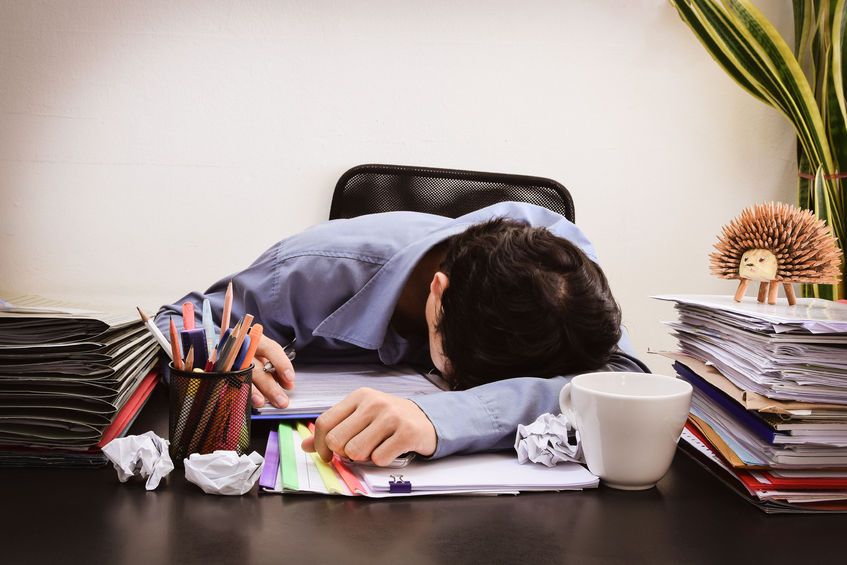
The average South Korean works 55 hours a week, or 2,316 hours a year, compared to the 40-hour week of the average factory worker in the United States.[6]
69 They love to fly kites
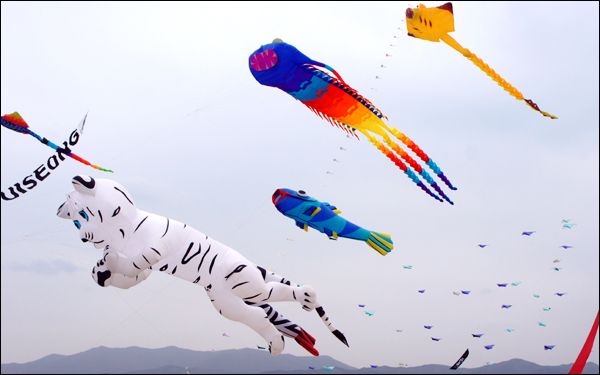
Kite flying is a popular pastime in South Korea, and on the last day of the new moon during the Lunar New Year, people traditionally let go of their kites hoping their bad luck will float away with them.[6]
70 Yuna Kim was the first Korean to win a medal in figure skating

Called “Queen Yuna,” South Korean figure skater Yuna Kim is one of the brightest stars in Korean sports. She won the gold medal in February 2010 at the Winter Olympics in Vancouver, Canada, becoming the first Korean to medal in any Olympic figure skating discipline. Her gold medal was also South Korea’s first medal at the Winter Olympics in something other than speed skating or short track. Kim’s combined scores were the highest ever recorded and were entered into the Guinness World Records.[6]
71 South Koreans celebrate Christmas
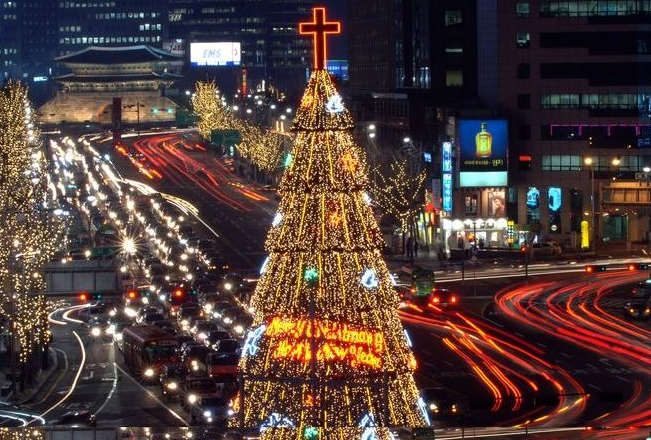
Christmas is an official holiday in South Korea, with almost 1/3 of South Koreans being Christians. Santa Claus may be wearing a blue, rather than red, suit in South Korea, and he is also known as Santa Kulloso (Grandfather Santa).[6]
72 They make offerings to their ancestors during Harvest Moon Festival
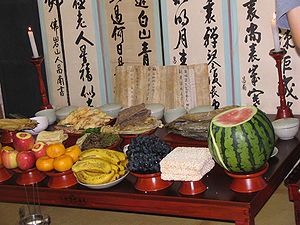
For the Harvest Moon Festival, more than 20 million South Koreans travel to their hometowns to visit the graves of their ancestors and bring gifts such as fine foods to place on the graves.[26]
73 They wear red on their wedding
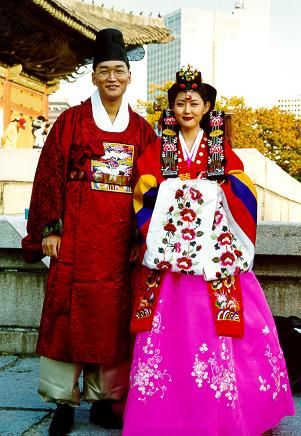
South Korean wedding garments are usually red, which is a symbol of good fortune.[26]
74 Moon bears are thought to have medicinal properties
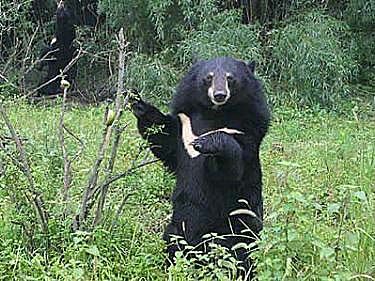
In traditional Korean medicine, the gallbladder of the moon bear has great healing powers. Although there is no modern medical evidence that proves this cure is true, some South Koreans still eat the organ to treat diabetes, heart disease, and liver problems. People also make a stew from the bear’s claws that they think will give them extra strength. As a result, only a few moon bears still exist in the wild in South Korea.[14]
75 Bill Clinton was afraid of the DMZ
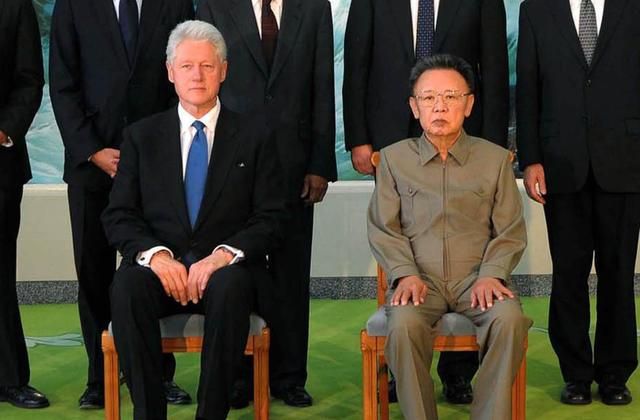
Former President Bill Clinton once called the Demilitarized Zone (DMZ) which separates North and South Korea the “scariest place on Earth.”[25]
76 They say "kimchi" instead of "cheese"
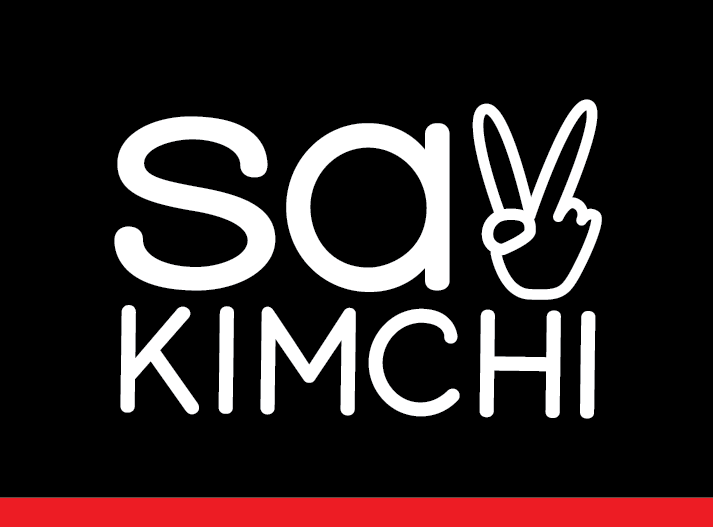
When taking a photo, South Koreans say “kimchi” instead of “cheese.”[20]
77 Almost everyone there has a smartphone
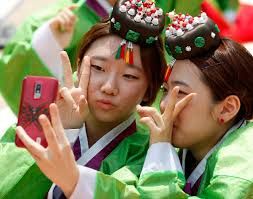
As of 2013, 78.5% of the South Korean population had a smartphone, the highest percentage in the world. Among 18- to 24-year-olds, 97.7% have a smartphone.[3]
78 You can get paid to push people onto trains

For the busy morning commute in Seoul, the city has hired professional “Subway Pushers” who wear uniforms and white gloves and literally pack as many people as possible onto the subway trains.[20]
79 The language they speak is called Hangul

Koreans, both North and South, speak and write the Hangeul or Hangul language. It consists of 14 consonants and 10 vowels, and the alphabet can be combined into various syllables. It is considered one of the standard scientific writing systems.[16]
80 There is an annual mud festival where people play with mud for a week
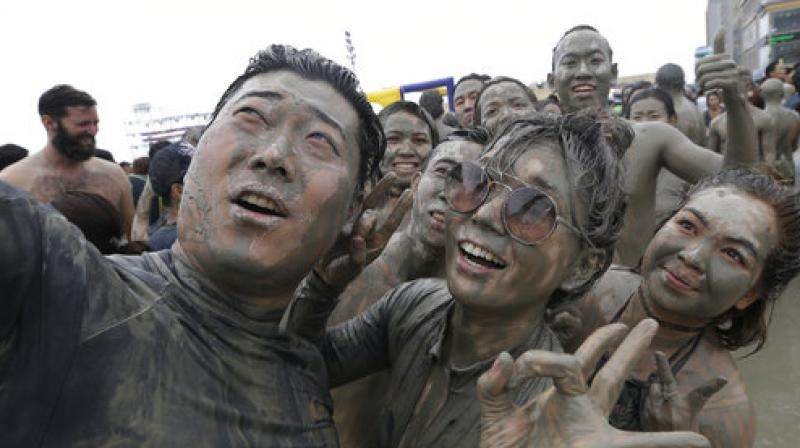
Since 1998, millions of people from around the world have flocked to
South Korea’s Boryeong Mud Festival, where for 10 days revelers enjoy
mud massages, mud photo contests, mud marathons, and mud wrestling
contests. It was originally conceived as a way to advertise mud
cosmetics.[6
- RECOMMEND